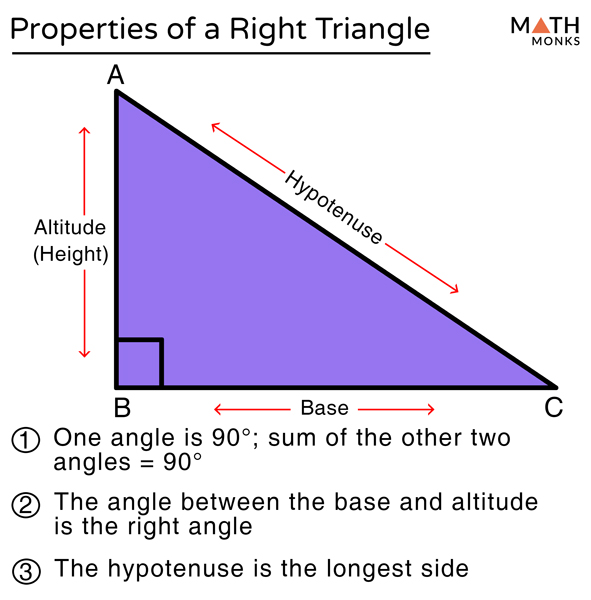The GCF
This week in math I learned how to find the Greatest common factor of two different numbers. I learned two different ways that i could find the GCF:
- Use a factor tree.
To find the GCF using the factor tree you take the first number and you write how you multiply to get the number. If the numbers you chose are prime numbers then you circle that number. If the number is not a prime number you repeat the process until you get all prime numbers. With each set of prime numbers you would cross out all matching numbers and place them somewhere else on your page. multiply these prime numbers together and you have your GCF
Ex:

2. division table
To find the GCF using a division table you must take the number and divide it by a prime number going from least to greatest. Repeat this process until you are left with a 1. With each set of prime numbers you would cross out all matching numbers and place them somewhere else on your page. multiply these prime numbers together and you have your GCF.





